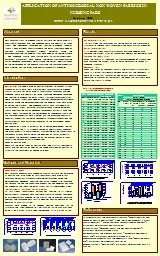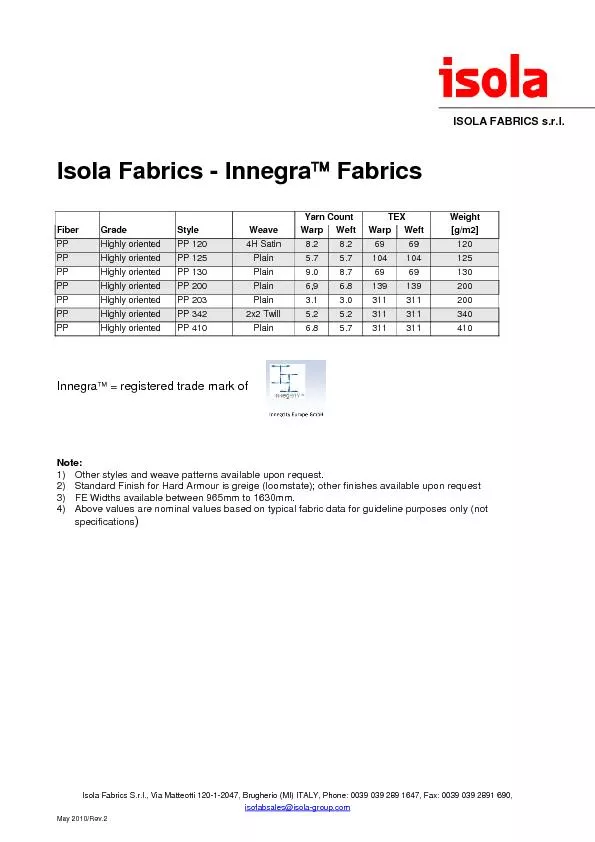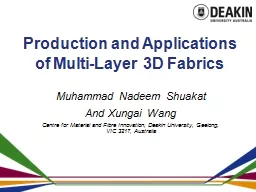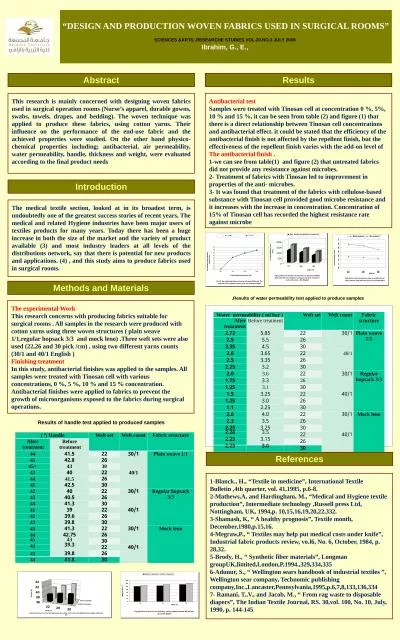PPT-Data Center Fabrics
Author : lois-ondreau | Published Date : 2016-04-11
Lecture 12 Aditya Akella PortLand Scalable faulttolerant L 2 network c through Augmenting DCs with an optical circuit switch PortLand A Scalable FaultTolerant
Presentation Embed Code
Download Presentation
Download Presentation The PPT/PDF document "Data Center Fabrics" is the property of its rightful owner. Permission is granted to download and print the materials on this website for personal, non-commercial use only, and to display it on your personal computer provided you do not modify the materials and that you retain all copyright notices contained in the materials. By downloading content from our website, you accept the terms of this agreement.
Data Center Fabrics: Transcript
Download Rules Of Document
"Data Center Fabrics"The content belongs to its owner. You may download and print it for personal use, without modification, and keep all copyright notices. By downloading, you agree to these terms.
Related Documents














